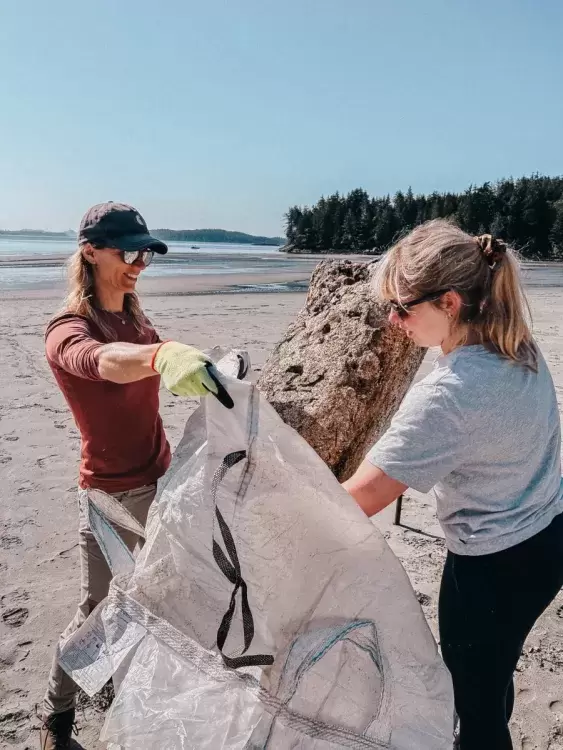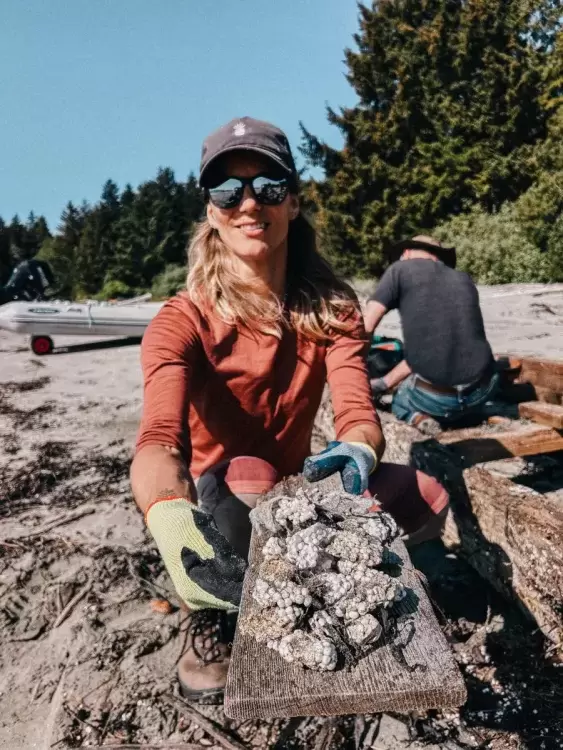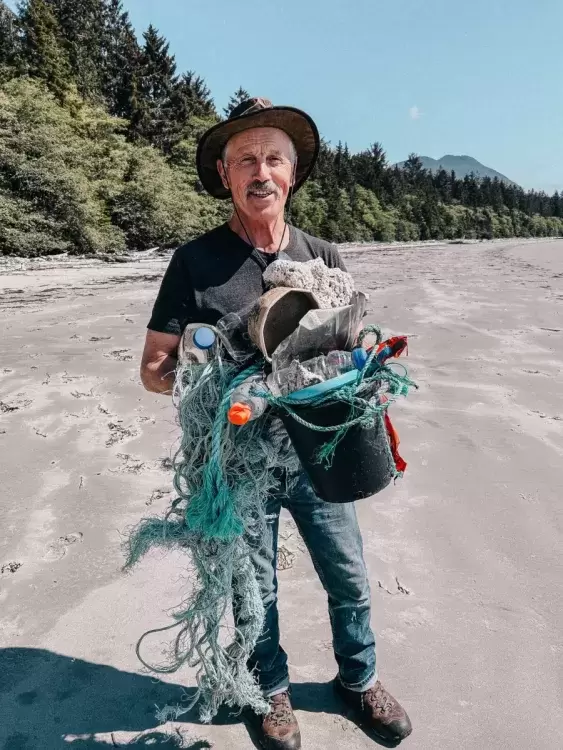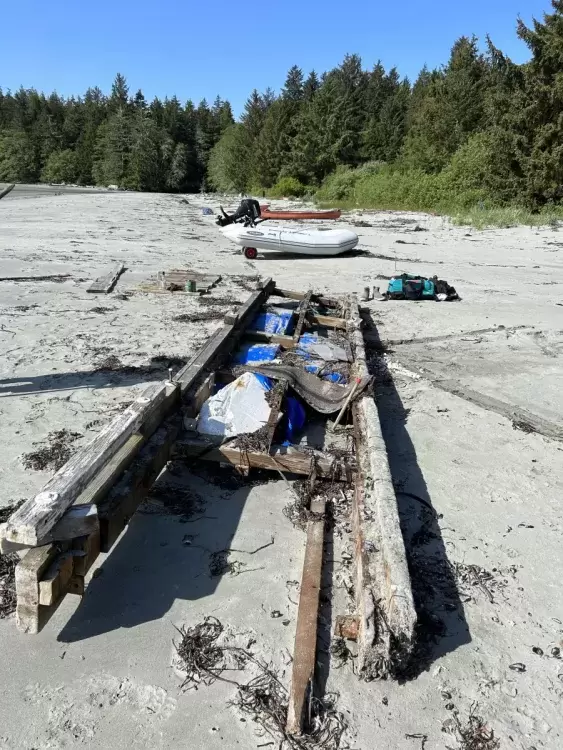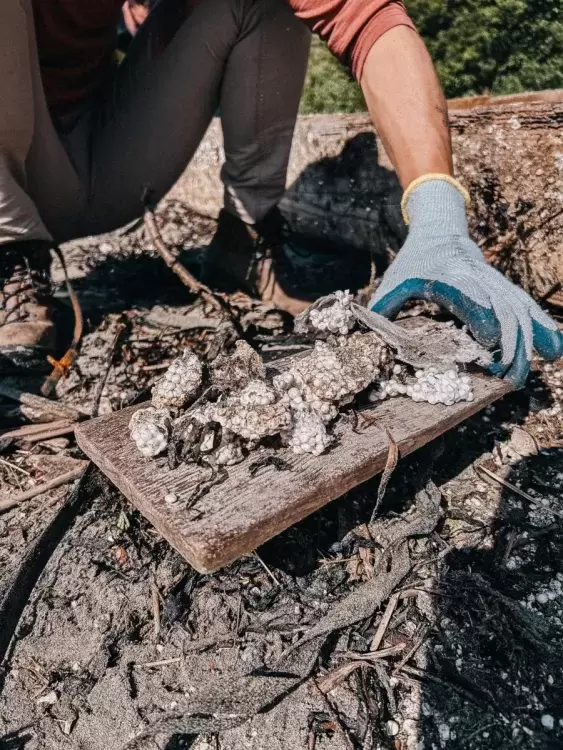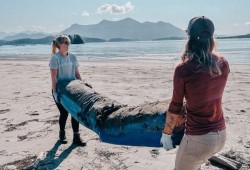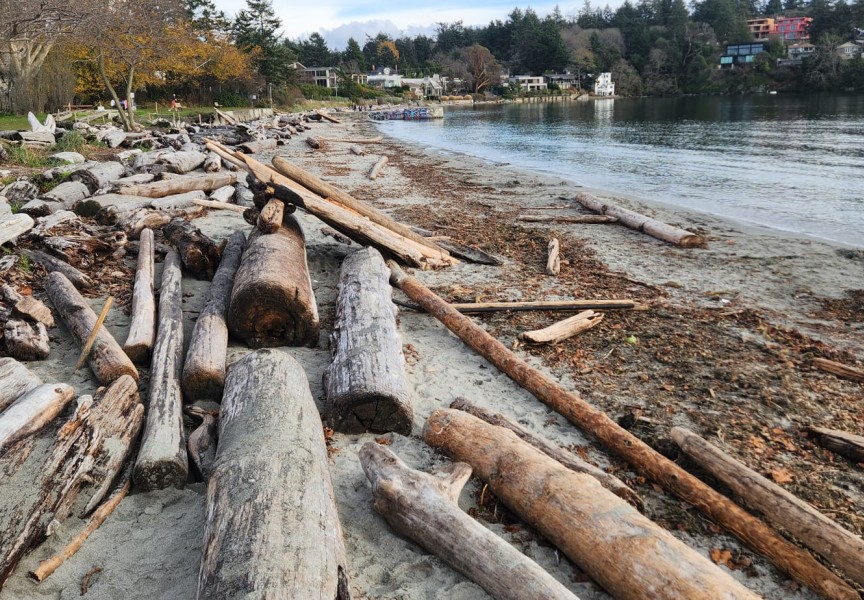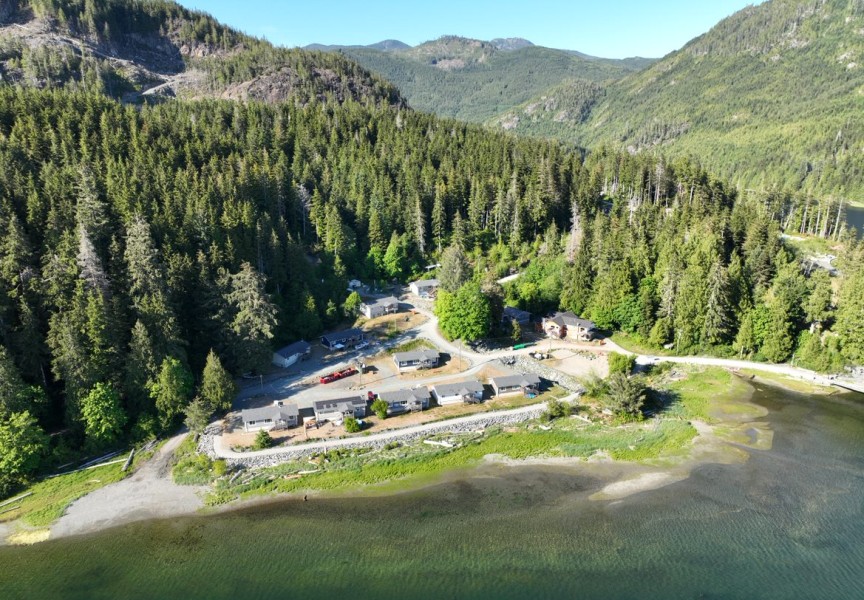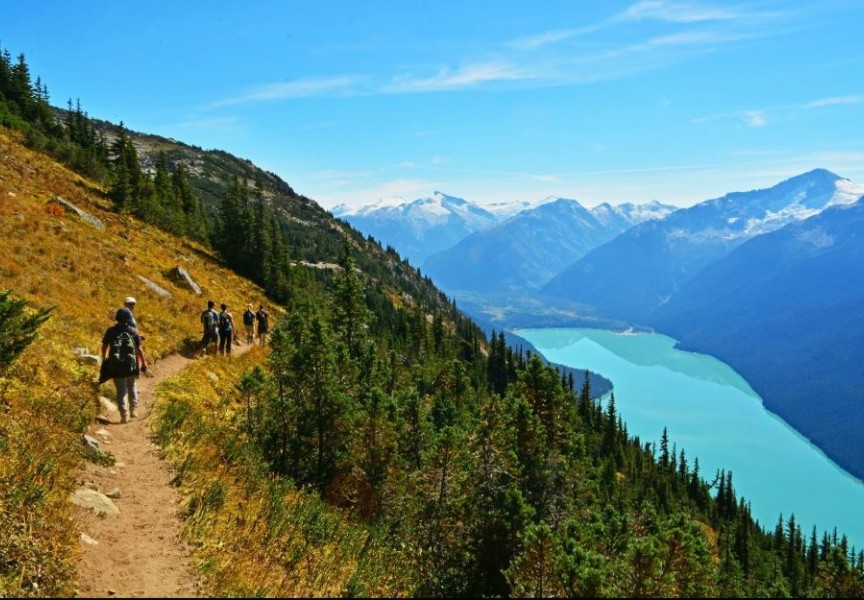It’s light, buoyant, versatile, inexpensive to make and is used in dozens of products in the seafood harvesting industry. But expanded polystyrene, often called by a brand name, Styrofoam. is toxic and a leading cause of plastic pollution in the marine environment.
For that reason, Rachel Blaney, NDP MP for North Island-Powell River, has introduced a private members’ motion, M-80, to ban foam from aquatic environments. She noted in her letter that there are several petitions urging the government to take action on foam in Canada’s waters.
“How is it possible that we are still intentionally putting toxic substances in our waters, given that there are safer, less toxic alternatives available?” Blaney asked. “Why does the Liberal party care so little about protecting Canada’s waters, even as it claims to care about the environment?”
According to a Global Seafood Alliance article, EPS (expanded polystyrene) is a form of plastic that, when inflated with air, becomes lightweight, buoyant, waterproof and makes great insulation. It is popular in the seafood industry, commonly used as packing material and in marine equipment that requires buoyancy, like buoys, pontoons and floating marine platforms.
But EPS is soft and easily breaks down into little pieces, adding to the problem of microplastic marine pollution. Microplastics are pieces of plastic less than 5 millimetres in size.
Nonbiodegradable EPS simply breaks down into smaller pieces in the ocean and in landfills. It contains the toxic substances, Styrene and Benzene. After being ingested by birds, fish and other wildlife, these toxins make their way up the food chain.
According to Surfrider Foundation Canada, a non-profit organization dedicated to the protection and enjoyment of the ocean, beaches and waves, Polystyrene makes up 50 to 80 per cent of trash cleaned up by shoreline cleaning groups in British Columbia.
“It is nearly impossible to fully remove from the environment, is highly toxic, and extremely difficult to recycle,” Surfrider Foundation Canada wrote in an email to Ha-Shilth-Sa. “Since manufacturers and the Canadian state governments skirt accountability for this crisis, the responsibility falls on First Nations, municipalities and cleanup groups to deal with.”
They went on to say that in recent weeks, a dock with polystyrene floats washed up on a Vargas Island beach at Kelsmaht in Ahousaht First Nation territory. The group planned to remove the dock in late May.
Several US states have banned EPS, but Canada has yet to do anything about the use of Styrofoam in its docking platforms. More recently, Washington State passed a bill to ban use of EPS in their waters, effective June 2024.
Canada has banned some plastics that are a threat to the marine environment. According to the federal government’s website, there is a ban on single-use plastics that are deemed a serious threat to the marine environment.
Effective December 20, 2022, the government of Canada has banned plastic cutlery, including chop sticks, food packaging made of EPS, plastic drinking straws and plastic ring carriers used to bundle canned or bottled beverages. But Surfrider Foundation Canada says these types of plastics make up only three per cent of plastic waste in Canada. Polystyrene makes up 50 to 80 percent of pollution cleaned from the beaches of British Columbia.
The Government of Canada says its goal is to achieve zero plastic waste by 2030.
Blaney says Canada has failed to ban the sale, distribution and installation of foam docks and floats in Canadian waterways. In a letter to Steven Guilbeault, Canada’s minister of Environment and Climate Change, Blaney pointed out that Washington State recently passed a bill to ban the use of foam in Washington waters.
“The House has recognized that [expanded polystyrene] can have harmful effects on the marine environment, and it is critical we stop pollution at its source,” Blaney wrote. “Our nearest neighbours have taken action on removing foam from their waters, which raises the question of why Canada has not taken action and, further, has no intention of taking action.”
She went on to say that there are readily available Canadian products, including two sources in British Columbia, that could replace the foam-containing structures that are much safer for Canada’s waters.

